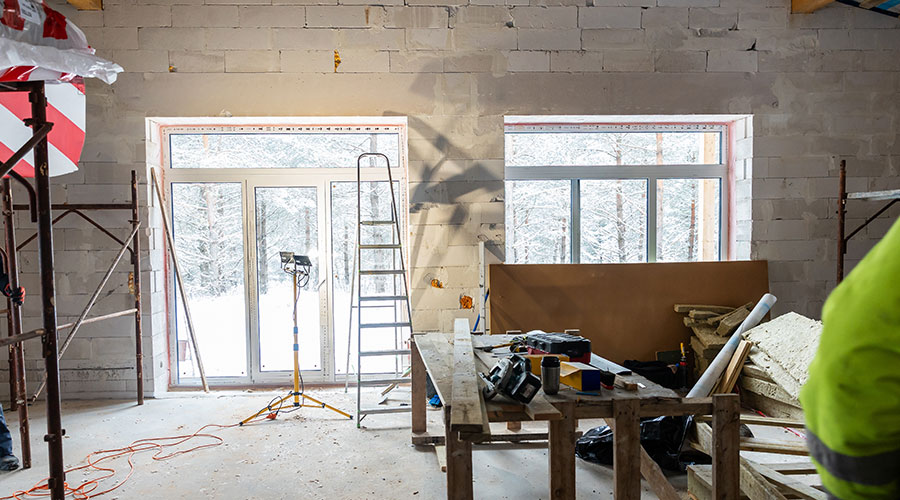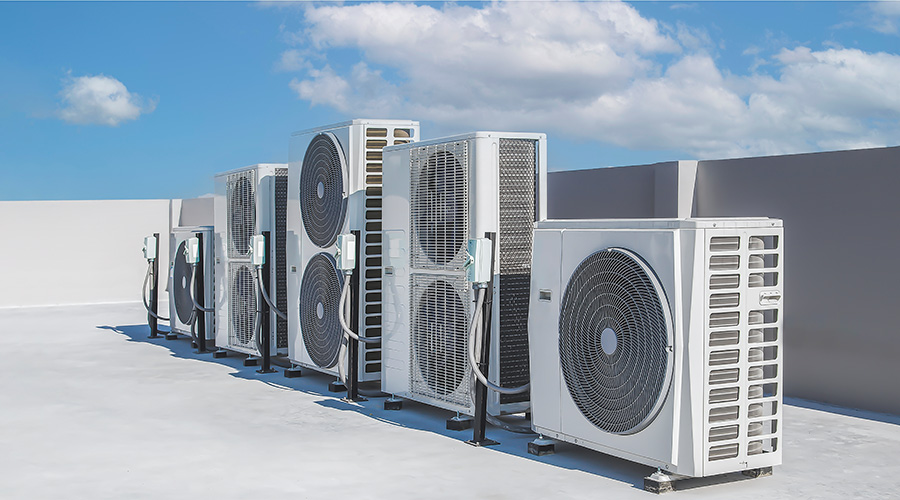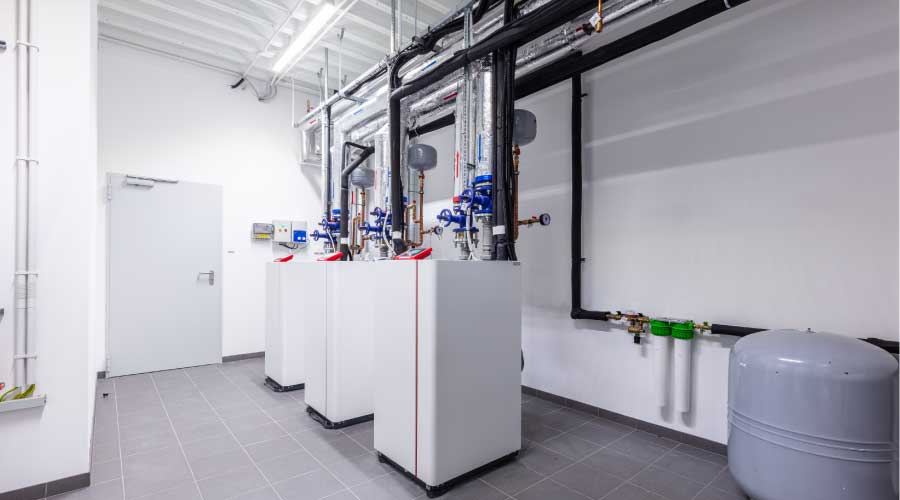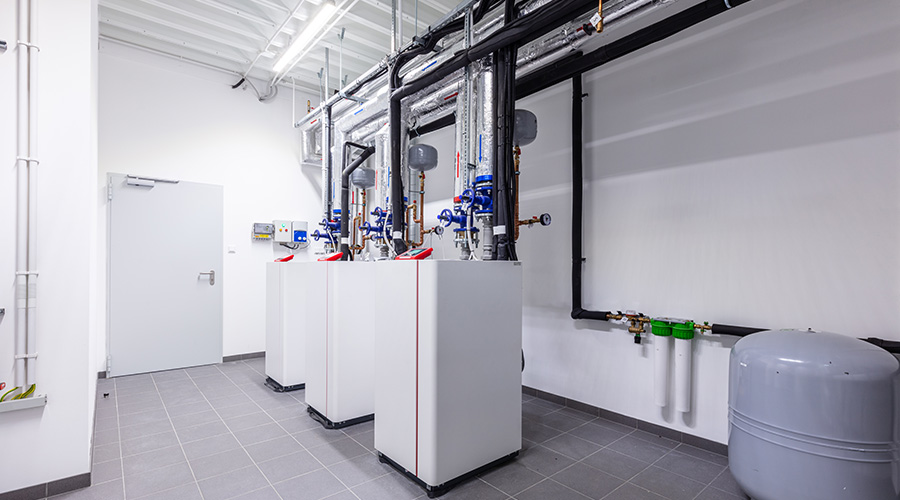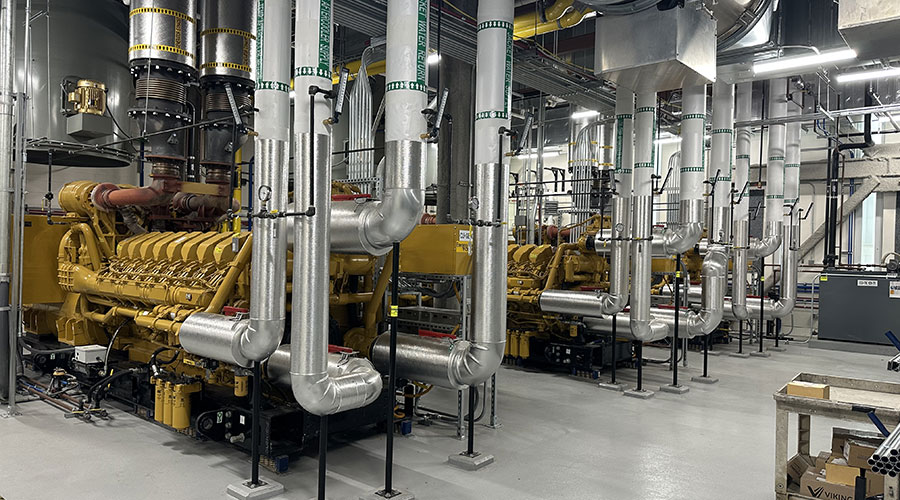Smart, Low-Cost Moves That Maximize HVAC Lifespan
HVAC manufacturers share maintenance steps, service strategies and data insights that help facility departments do more with less and know when it's time to upgrade.
Facility maintenance departments face increasing pressure to do more with less such as keeping HVAC systems reliable and efficient without the comfort of major capital investment. Despite tight budgets, there are ways to improve system performance through smart, low-cost practices.
In this manufacturer roundtable, Facility Maintenance Decisions spoke with HVAC manufacturers to uncover what everyday actions can help prevent costly breakdowns and how to use maintenance data effectively.
FMD: Cost seems to be an issue for many facility departments. What are some low-hanging fruit or inexpensive maintenance tasks that departments can do to improve the efficiency and lifespan of their systems?
“Even with tight budgets, there are simple, cost-effective actions facility teams can take to maintain the performance and longevity of humidification and water treatment systems:
- Flush and inspect steam tanks and dispersion panels regularly to prevent mineral buildup and ensure consistent operation.
- Clean or replace filters and strainers to protect components and maintain proper water flow.
- Monitor conductivity sensors and replace steam canisters proactively to avoid unexpected failures.
- Verify setpoints and sensor calibration to maintain precise RH control and prevent system drift.
These straightforward tasks require minimal investment but deliver major returns: improved efficiency, reduced energy waste and extended service life of steam and adiabatic humidifiers.”
— Dave Schwaller, inside sales manager, DriSteem
“One of the most effective and low-cost actions is to develop a deeper understanding of how your HVAC systems operate. When you’re familiar with what "normal" looks like, such as typical temperature and pressure ranges, you can detect small deviations early. These small changes often signal larger problems developing beneath the surface. Catching them early can prevent costly failures.
Routine visual inspections, cleaning filters, verifying set points and ensuring proper airflow are all inexpensive tasks that have a meaningful impact on both performance and longevity.”
— Kevin Cassidy, maintenance project manager, SSC Services for Education
“As-a-Service (AaS) models are becoming more popular among facility departments to ease the cost burden of maintenance while maintaining access to regular maintenance schedules. Longer-term service contracts can be an effective way to manage lifecycle costs, in addition to supplementing internal staff and staying abreast of the latest technology. This can be especially beneficial for smaller organizations that may not have the upfront capital to invest in major system upgrades or replacements, or the team members to monitor every element of building operations 24/7/365.”
— Buddy Saucier, VP, service operations/cross-domain harmonization, Johnson Controls
FMD: Systems today generate a lot of data related to their condition. When maintenance managers look at this data, how can they tell when it's time to replace the equipment rather than continue to repair it? What signs or trends should they be looking for?
“Today’s humidification systems and water treatment controls offer valuable real-time diagnostics—including conductivity readings, run-time data and alarm histories—that can help guide maintenance decisions. Facility managers should keep an eye out for the following red flags:
- Frequent canister replacements or flushing cycles, indicating excessive mineral buildup
- Rising energy consumption without corresponding performance improvements
- Recurring alarms related to conductivity, water quality or sensor malfunctions
- Increased service costs or extended downtime, even with routine maintenance
These patterns often signal that the system is no longer operating efficiently. When repair efforts yield diminishing returns, it may be time to consider upgrading to a more efficient, better-sized solution.”
— Dave Schwaller, inside sales manager, DriSteem
“The key factor in the repair-vs-replace decision is current functionality, or how well the equipment is performing relative to its expected standards. You need a clear understanding of what “normal” performance looks like for each system to spot when it begins to decline.
Tracking data over time, such as frequency of breakdowns, repair costs, energy efficiency and downtime, will reveal trends. A steady increase in repairs or a drop in efficiency are clear indicators that replacement may be more cost-effective.
While it’s tempting to keep repairing old systems, newer equipment often delivers better performance and energy savings, making it a smarter long-term investment.”
— Kevin Cassidy, maintenance project manager, SSC Services for Education
“When looking at data generated from HVAC systems, facility managers should watch for trends in increased frequency of repairs, rising energy costs and declining performance metrics. Predictive maintenance technologies provide insights by analyzing data to determine the optimal timing to replace equipment rather than continued repairs.”
— Buddy Saucier, VP, service operations/cross-domain harmonization, Johnson Controls
Jeff Wardon, Jr., is the assistant editor of the facilities market.
Related Topics:






